How Skyrim’s magnificent dragons were created (and why they could never fly)
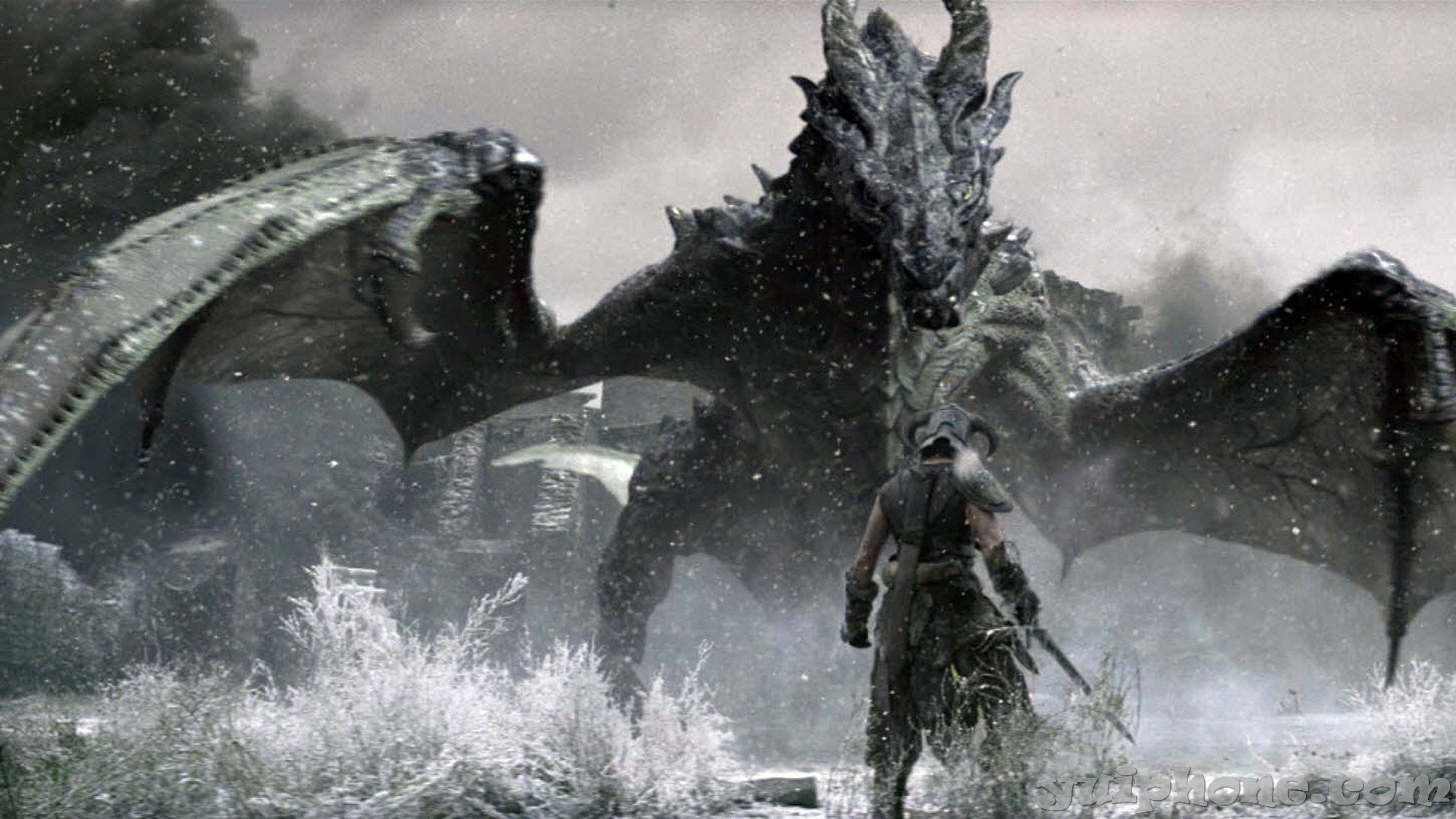
Did you know that the dragons in Skyrim can’t actually fly? That’s to say, if they were real, those magnificent beasts simply wouldn’t be able to leave the ground. It’s one of the many little secrets I learned about the game talking to Jonah Lobe, former Character Artist on Skyrim, and the guy who designed not only the game’s dragons, but also its giants, mammoths, trolls, dragon priests, and a bunch of other creatures. “My job was to try and fabricate nightmares,” he jokes. And while this is clearly a spot of wry humour from a guy who worked on some of Bethesda’s biggest, most celebrated RPGs, I’d actually argue that the reverse is true. Lobe created dreams during his time on Skyrim (and Oblivion, and Fallout 4); fantasies that spark the imagination of the player, yet live perfectly realistically within the world around them. Obviously his monsters aren’t real, but they’re an essential and magnificent part of Skyrim’s eco-system, and the game wouldn’t exist without them.
Before Skyrim, however, the thought of having something as massive and fiercely animated as a dragon was a dream in itself. Putting something of that scale (pun intended) inside a game as vast and technically demanding as Elder Scrolls 5 was a huge, intimidating job. “I was definitely worried about how it would work out but because dragons were... they were non-negotiable,” explains Lobe. “I was very excited and I didn’t doubt that we could do it - I just knew that it would be painful!” Lobe himself is a character artist, not an animator or a coder, so the onus wasn’t on him to actually implement the creatures within the game. His role was to create believable monsters that would wow with not only size, but the way they looked and fitted together. Crucially, they had to feel like they all belonged in the same place, alongside the player, intimidating but never immersion-breaking.

“The goal for me was to try to create these giants and these dragons and these mammoths and not to just make a super-epic monsters that had... all these crazy features, it was much more… my goal was much more to convey a sense of realism. That’s why I didn’t make the giants hulking or mean-faced or any of that stuff. What I was going for was this: it’s the sheer size of these things that really wows you, but if I can create, within that, a sense of believability; the way you look at these things and you can see weight, and you can see age and you can see personality, and you can see that they have lived a life – if I can convey that then my job is done.” You see this in every aspect of the game’s bigger monsters. The giants, rather than being savage or overly humanised, are rather sad old creatures that carry the weight of long lives in every aspect of their demeanour, from the way they lollop across the world, to the way they turn instinctively yet alertly towards you whenever you approach their mammoth herds. Their behaviour reflects this too - they’re essentially territorial beasts protecting their turf - and their shabby, rugged appearance fits right in with Skyrim’s harsh landscapes. And their craggy faces? Well, Lobe admits: “I think the biggest visual inspiration for the giants may have been my father, because they actually look like my father…”
What about the dragons themselves? Where did they spring from? Lobe’s initial inspirations were the concept art works created by Adam Adamowicz, which show the creatures as lithe, bird-like beasts, bristling with sharp edges and flicking limbs. “Adam’s concept art was a huge inspiration for me,” says Lobe “And I looked to a lot of the concepts that he looked at as well. So various kinds of lizards, herons as one kind of creature... alligators... I looked at cats as well and bats of course. And also the movie Reign of Fire I think was viewed a couple of times.” While Reign of Fire isn’t seen as a cinematic masterpiece, it was better than the contemporary alternative. “It was that or Dragonheart, though Dragonheart doesn’t really hold up in retrospect.”
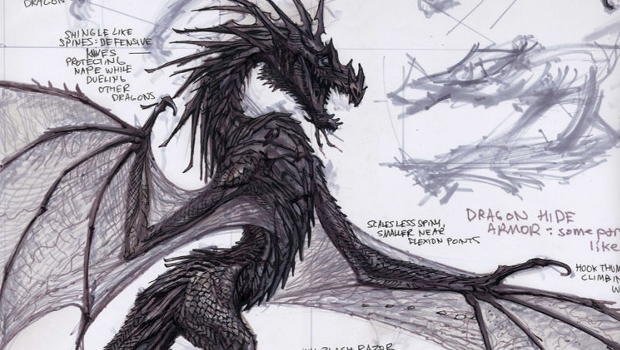
It’s easy to look at Skyrim’s dragons and recognise aspects of all these animals that Lobe studied. When it takes off, you see the great, wide, flapping wings of the heron. When it lands and crawls around the floor spitting fire, it’s easy to see the bat inspiration (and yes, I know, bats don’t breathe fire). Because there’s no reality to dragons, they can be created as fantastically as you like, and many video games tend to favour showmanship and savagery over a sense of realism. Even Lobe’s dragons, realistic and well researched as they are, had to be compromised from their original visions in order to fit in with both game world and gameplay.
“There was a lot back and forth, initially, with the animation of the dragons and the size and shape, because a lot of the original concepts had the dragons with very, very long necks,” says Lobe “It turned out that in a first person shooter, when you put a creature with a very long neck in front of the character, with the way that perspective works… all they see is just a big head and then 30 yards away, very distantly, the rest of the body. So we had to change. I think it took something like three months to create the very first dragon, and... yeah, just getting those proportions to work out fine was hard enough.”
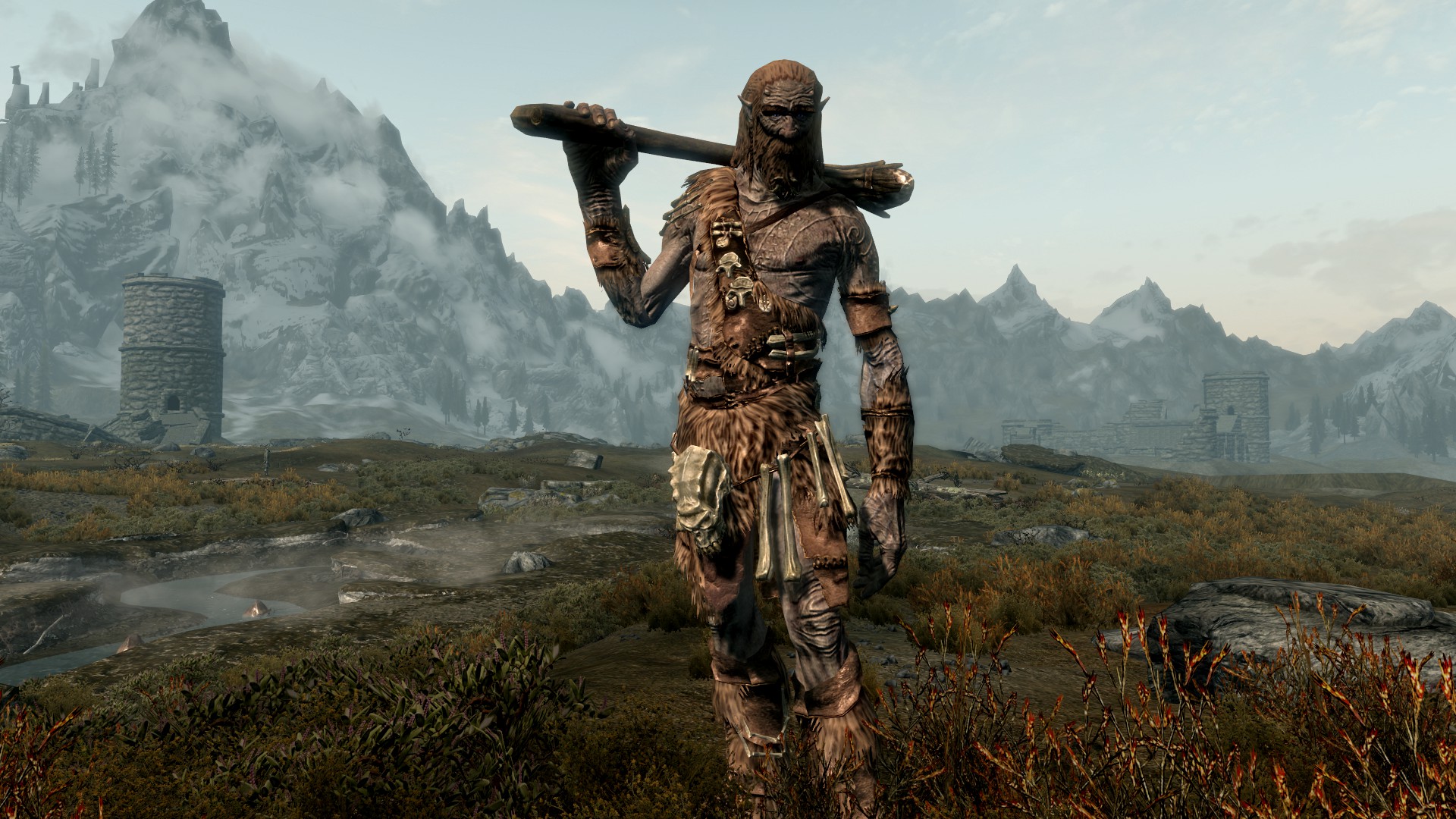
And then there is the thing about them not actually being able to fly. I’m perhaps being unfair to Lobe when I question him about this, because hey, it’s a video game, but it’s a neat little fact nonetheless. “A lot of things that sound like a good idea in the game, don’t actually look good in the game. So... proportionally the wings on the Skyrim dragons are quite small compared to what they need to be, but we couldn’t make them much larger than they were.” When I ask if that means one of Skyrim’s dragons wouldn’t be able to fly in reality, he replies, with a laugh. “Yeah, it probably would not. I worked as hard as I could to make it as accurate as possible, but at a certain point technical limitations got in the way, yeah.”
Weekly digests, tales from the communities you love, and more
Those technical limitations have been made, for lack of a better phrase, slightly less limiting, thanks to the increased power, memory, capacity etc of PS4, Xbox One and more modern PCs. Skyrim Special Edition is partly an example of what the game could have been if the team were working with more powerful hardware in mind, although it isn’t as simple as that. It’s infinitely possible that Skyrim created fresh for PS4 would be a very different game to the one originally made for PS3. In any aspect of video game creation, you aim as high as realistically possible using the tools and resources at your disposal. As such, Lobe has a more reflective stance when I ask about whether he’s envious of the increased power of the current crop of gaming machines, and if he’d change anything about his dragons.
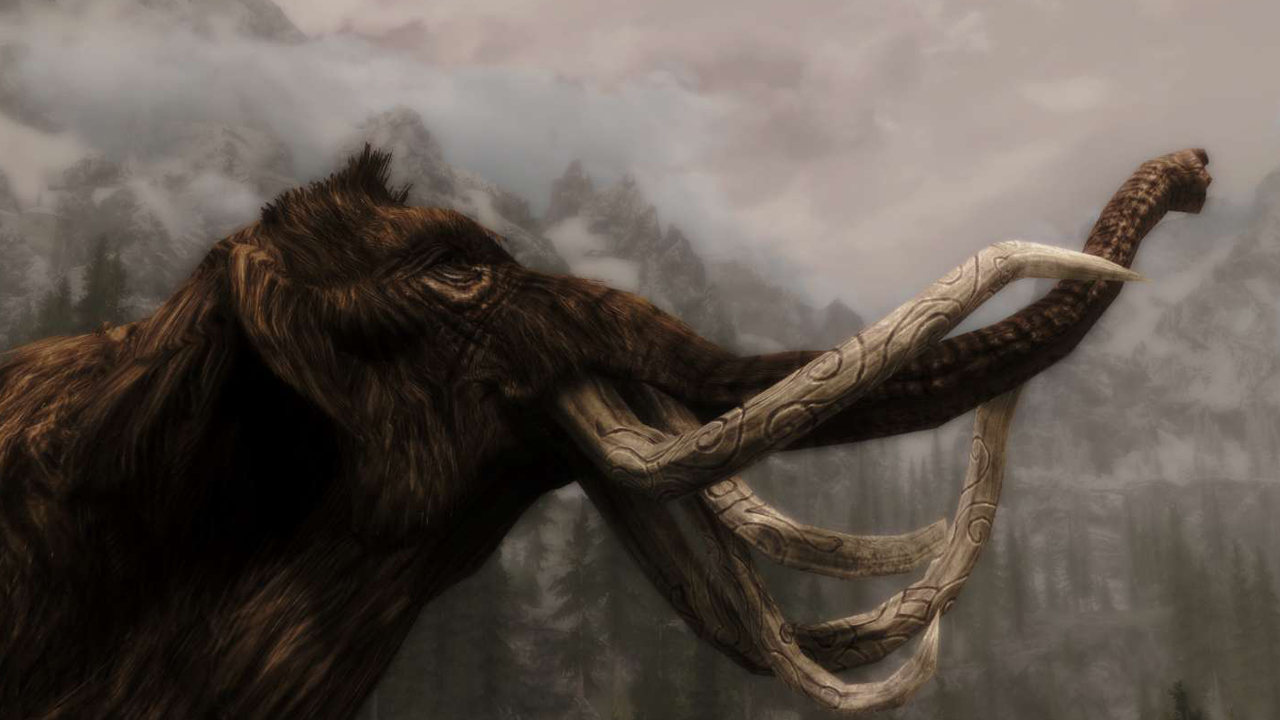
“I certainly am jealous of the power, and the expansion of technical limitations. I try not to think about it, because as an artist in a technical field, you’re always going to be limited by either your own abilities or technical abilities. So while Skyrim was certainly one of... it may be my most proud project... you can’t look back too much, you can’t look back and wish if things had been different because nothing you ever do is going to be perfect. And I think with a game like Skyrim, or any large project, you have a vision of it in your mind, you have a vision of what it’s going to look like beforehand, and then what you have in the end is both greater than you had ever hoped, and also not quite what you hoped either. That’s definitely how I feel about Skyrim where it wasn’t... the masterpiece I originally envisioned; it ended up being a completely different kind of masterpiece.”
That’s certainly the truth, and is a common story in video game development as a whole. However, the stars all seemed to align on Skyrim, and what was created by the team at Bethesda is still an enduring, magic experience half a decade later. It may have been given a visual make-over, and a boost to stuff like audio and load-times, but this is very much the same game I fell in love with back in 2011. Perhaps I’m looking back at my experience with the game while wearing the rosiest-tinted of glasses, but the world of Skyrim and all its inhabitants has yet to be bettered. The Witcher 3 is a phenomenal game, with a rich and beautiful setting, but it doesn’t quite spark the imagination and desire to explore as Skyrim. Dragon Age Inquisition is a vast, technically deep RPG, but I couldn’t imagine living in its world. With these two of Skyrim’s main rivals, you feel at odds with the environment, like you’re there to conquer it and bend it to your will. With Skyrim, you’re a part of the world, and while your actions do have an impact, you’re left with the sense that it existed before you, will exist after you, and doesn’t really care whether you nurture or burn it.
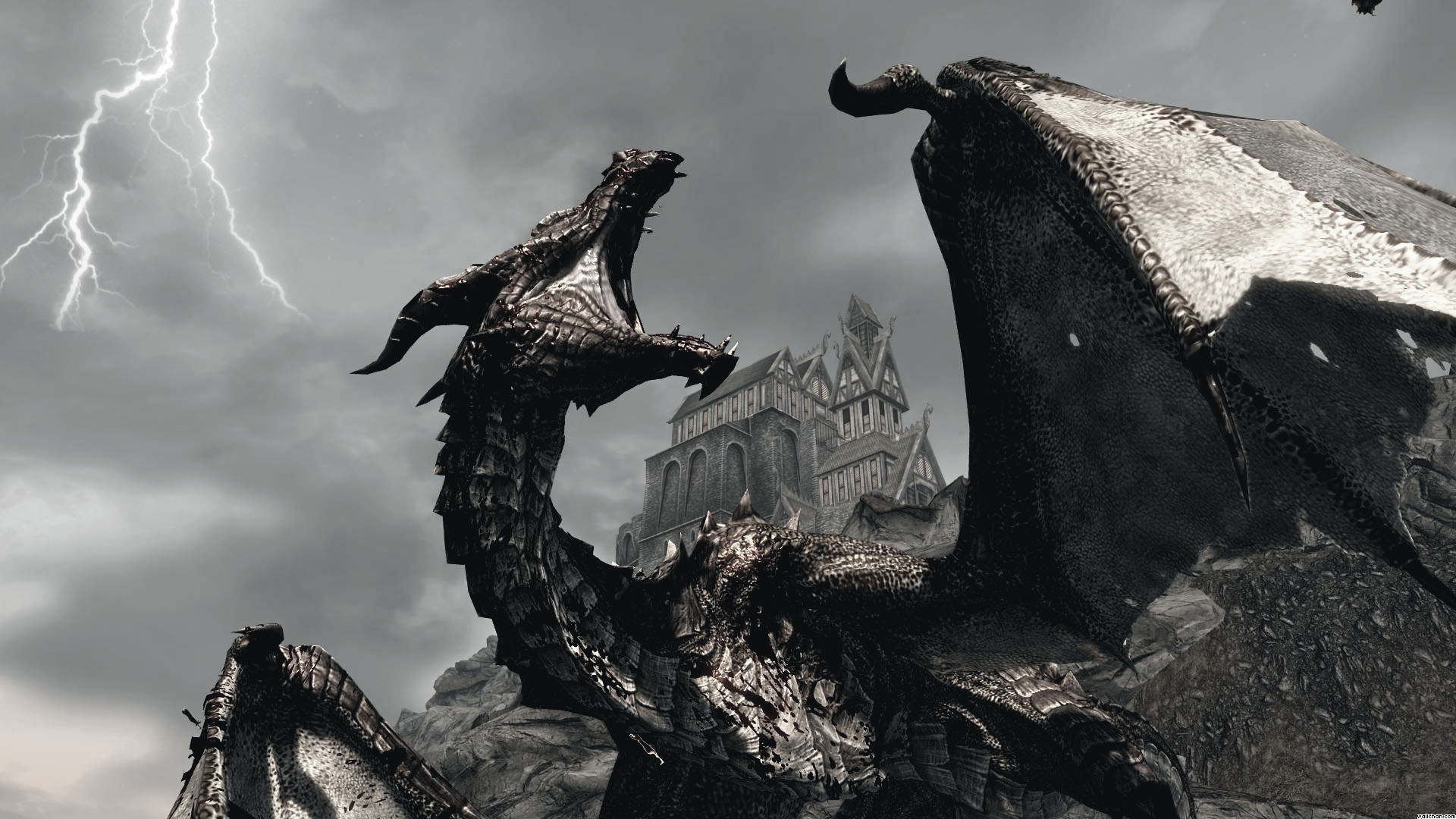
That’s perhaps the biggest praise I can give Lobe and the team who created Skyrim’s flora and fauna. Indeed, Lobe’s main aim wasn’t to scare or provoke the player, but to spark their imaginations. He explains: “Every time I create a creature, I don’t dream of how it’s going to look fighting you, I dream of how it’s going to look when you’re hanging out with it or something. When I made the mammoth and the dragons, I very much hoped that I would be able to ride them. When I made the giants, I hoped that the player would be able to talk to them, that they would... I hoped that there was at least one giant in the game that you could actually befriend and hang out with. There was nothing I wanted to do more than eat ten pounds of mammoth cheese and hang out with a giant, it seemed so fun! The process of making a creature takes a long time. It takes about a month to make a really big creature, and you spend that time as an artist just you and your monster. So, while you’re working on it, you think about all the different kinds of interactions you could have, and you try and think about its real life and how it lives its life when the player is not around. I would fantasise about interacting with these monsters all the time.”
Given Lobe’s earlier statement about “fabricating nightmares” it might seem odd that one man would want to spend so much time hanging out with monsters. But when your ‘monsters’ are so wonderfully realised, and the place they live so utterly welcoming, it’s not so strange after all. In fact, the question then becomes: why would you ever want to leave?
Jonah Lobe is an Artist and a Writer. He’s currently working freelance on the remake of System Shock, as well as finishing a novel and part-time Streaming for Adobe. You can catch him on Twitch or at @JonahLobe on Twitter.



